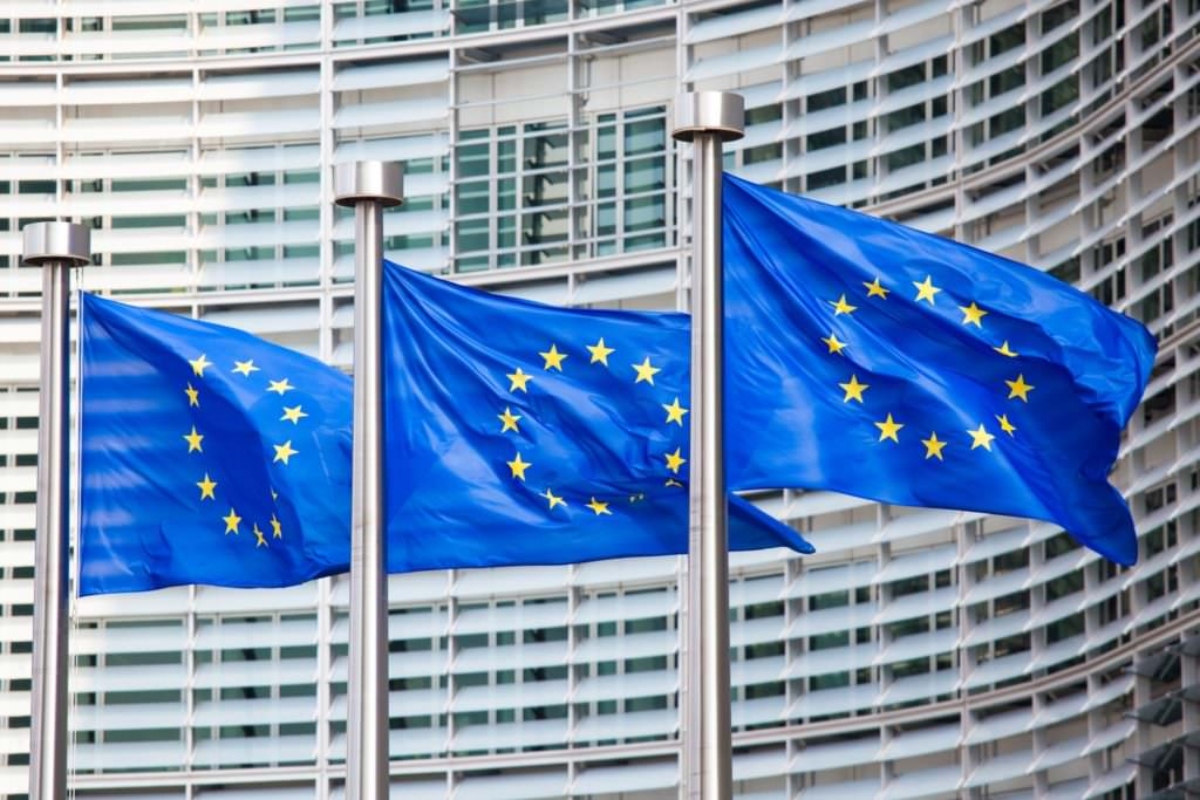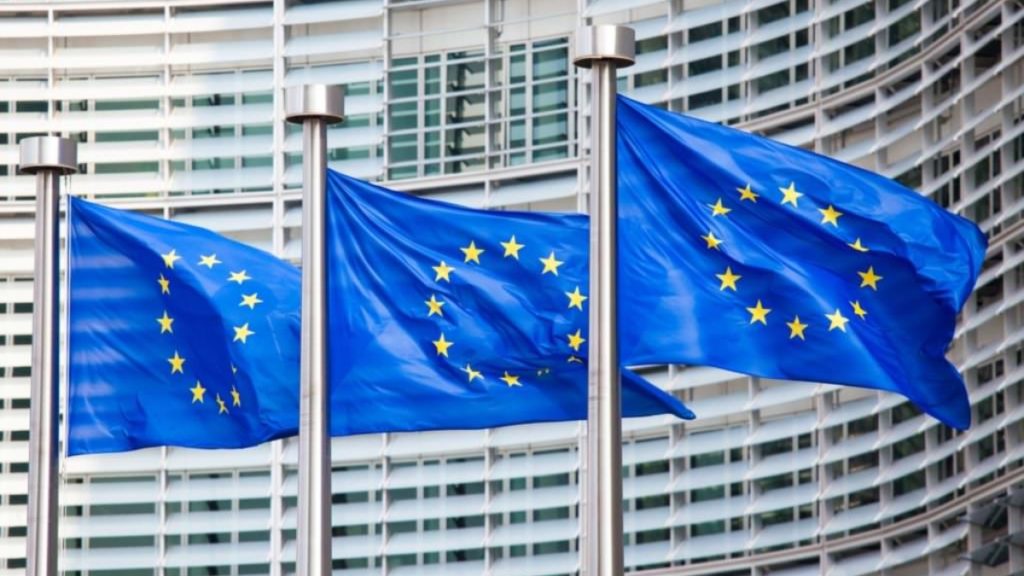
The European Union’s drug agency has signaled that it is mulling the legal and commercial status of CBD and cannabis-based products in Europe in a new report.
The Lisbon-based European Monitoring Centre for Drugs and Drug Addiction published the report on Monday, detailing the results of a study that kicked off in 2018 and aimed to provide insight into the open sale of low-THC products in Europe.
“The specific objectives were to identify and further explore the types of product available and the range of sales outlets, user profiles, associated harms and responses taken in different EU countries,” the authors wrote.
The Centre took note of several glaring issues with the marketing and promotion of some CBD products across Europe, including:
- Inadequate product labelling.
- Inconsistent product content.
- Potentially poor product quality.
- A lack of acknowledgement of the limitations, or an overstating, of the evidence concerning the effectiveness of CBD products for therapeutic use.
- A lack of safety information or information on potential harms and possible contraindications.
The authors acknowledged several regulatory developments in Europe since the research was launched in 2018. These included a landmark ruling in November from the EU’s top court on France’s CBD ban and the European Commission’s decision to backtrack from its decision to categorize CBD as a narcotic.
Perhaps most crucially for the CBD market, the Centre confirmed that the Court of Justice ruling on the Kanavape case – in which the five presiding judges said CBD was not a drug under the meaning of a global drug treaty – had implications for the interpretation of EU law connected to the production and marketing of low-THC cannabis products.
These implications, the drug agency said, “may be addressed in the near future.”
Concerns surrounding trace THC content in various cannabis-based products were also discussed, including the challenges of defining appropriate THC limits via national legislation.
The Centre noted that the percentage of THC can be measured and referred to at several levels, including:
- The level of THC that a certain variety of cannabis plant will usually produce.
- The levels of THC found in the different parts of the plant, which serves to distinguish what parts of the plant may be used for industrial purposes without extensive testing, or what might be of value to divert to illegally extracting THC.
- The level of THC found in the extracts, which may be used to indicate whether an extract has
intoxicating properties or not. - The level of THC found in the final consumable product, for example an edible product.
The agency noted that, while it is easier for a grower or processor to test a particular plant or extract and control the THC at the ingredient stage, the level of THC in the final product is “more relevant” to consumer safety.
“It is possible to grow low-THC hemp and from it produce a high-THC extract, highlighting the importance of considering the final product and not just the input material,” the agency wrote.
“In labeling products, policymakers will need to address not only safety limits but also the confusing message given to the consumer by using different measurements of THC and CBD content and whether the percentage of THC, maximum dose per day or ratio of THC to CBD should be used,” the agency wrote.
“It is important to acknowledge that this is a rapidly evolving area and one with relatively limited
information currently available,” the authors wrote.
“The findings presented here will necessarily be incomplete, and they need to be viewed as an introduction to the situation and pertinent issues, as well as providing a platform for further research and monitoring.”


